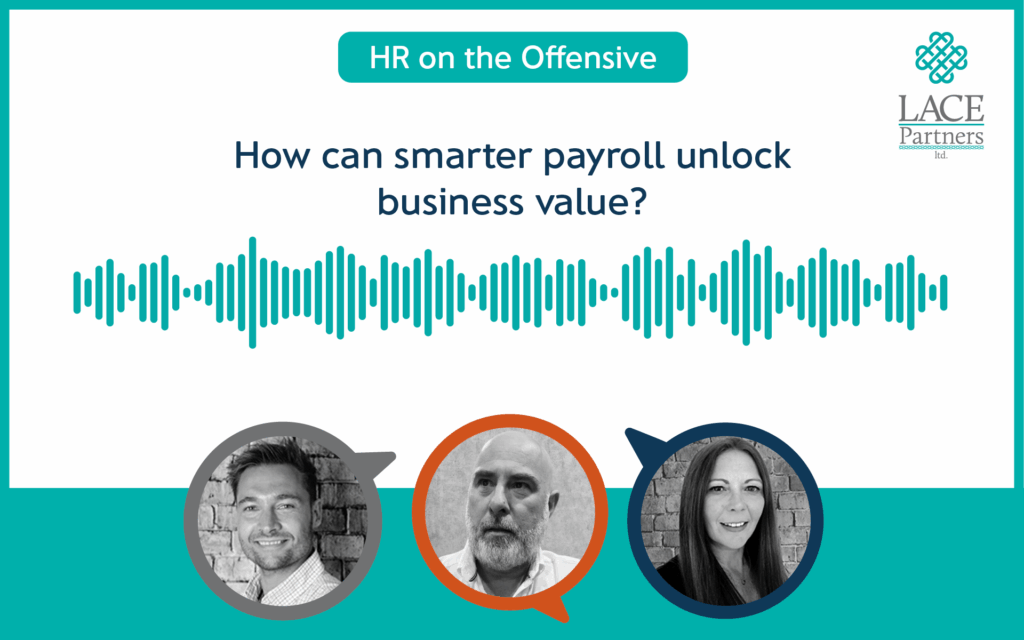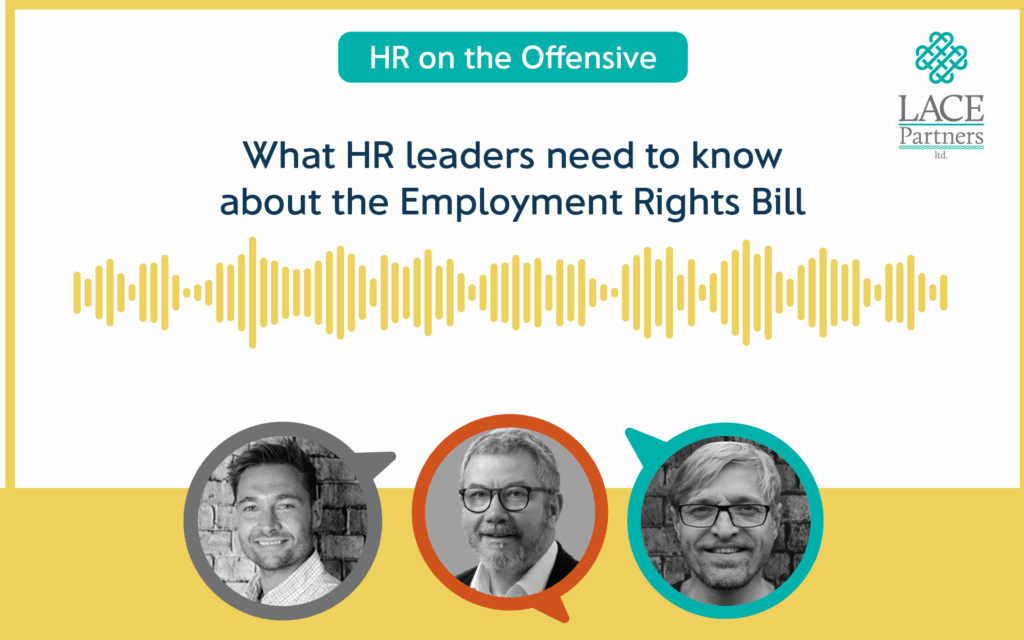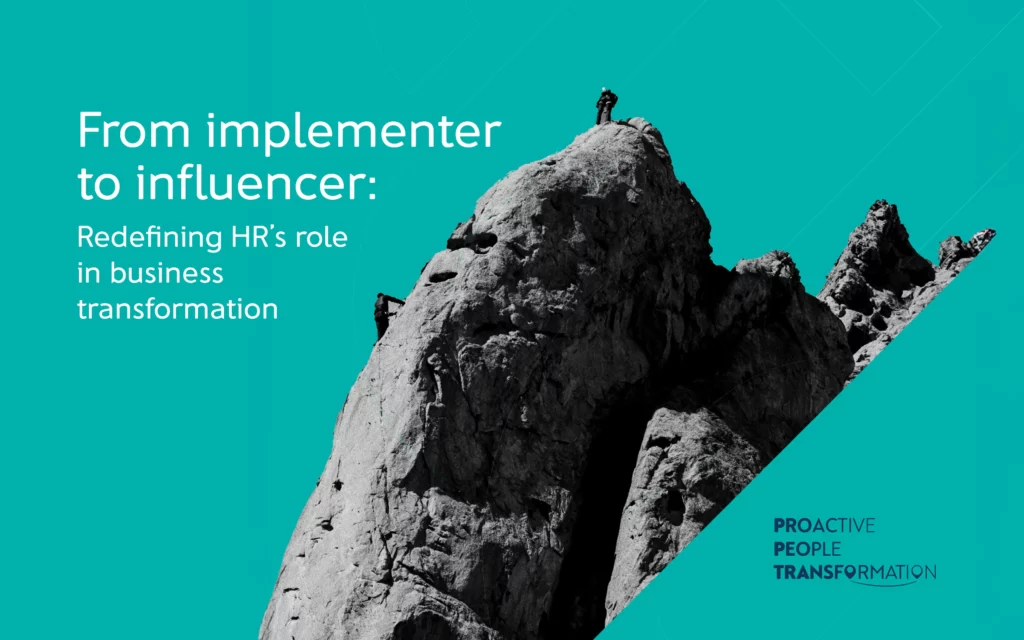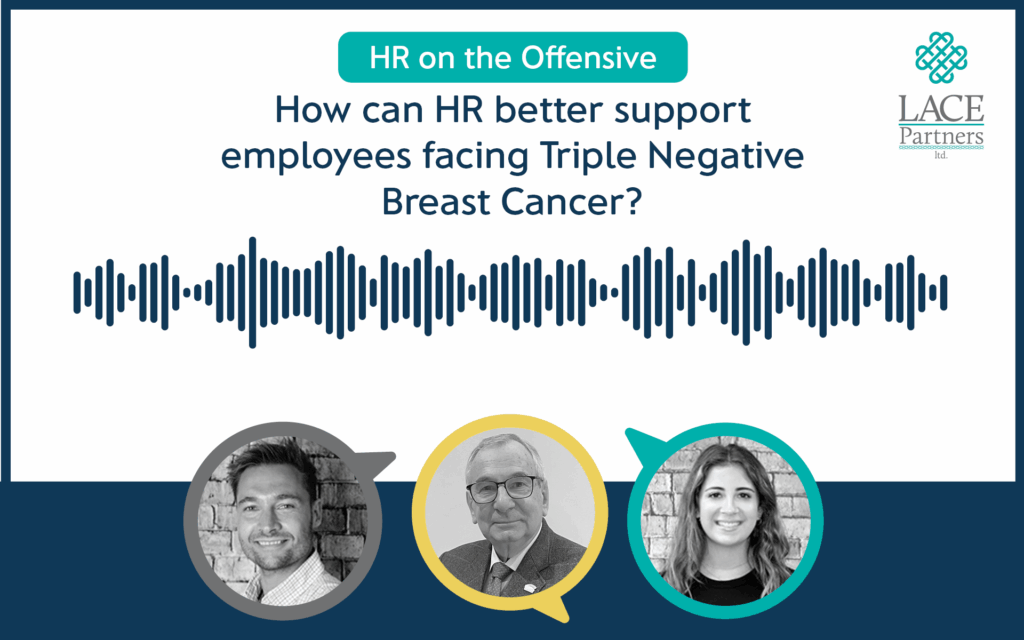In brief:
- Pay transparency is gaining momentum, driven by new legislation and changing workplace culture.
- While it promises fairness and trust, implementing transparency brings cultural discomfort and operational challenges.
- Success depends on clear communication, context, and preparing leaders and employees for open conversations.
“Pay transparency.” It sounds simple right? Fair pay and open dialogue.
But what does this really mean for individuals as employees and leaders, and for the culture of work?
We’re often asked for our perspective on this and other topics around pay and reward and for today’s blog we thought we would ask one of our Payroll specialists, Tricia Conway, to give a LACE perspective.
What was once whispered behind closed doors is now being debated in public and legislated in parliaments. The movement toward openness in pay is not merely a passing trend, but a signal of deeper changes in workplace culture, employee expectations, and societal values. As organisations navigate how and how much to share about salaries, the implications ripple well beyond payroll systems and HR policies.
The promise of pay transparency
What is the promise of pay transparency and what are the perceived benefits?
Pay transparency is gaining momentum globally, driven by new legislation that increasingly requires employers to disclose salary ranges in job postings. While this may feel like a significant shift, the promise of this new approach is clear: to foster a fairer, more trusting, and ultimately more productive workplace.
When an organisation opens up its pay structures, it actively works to promote fairness by helping to close gender and racial pay gaps. Research from the Economic Policy Institute, for example, has shown that in states where pay transparency laws have been enacted, workers from underpaid groups have seen their wages increase relative to their male counterparts. This openness also builds trust by creating a culture of accountability and respect. When employees understand how pay decisions are made, they are far more likely to feel valued and to believe that their contribution is recognised fairly.
This clarity can also be a powerful tool for improving engagement and retention. Companies that have adopted more transparent pay practices often report an increase in both job applications and overall employee satisfaction. Furthermore, vertical transparency—where employees can see pay bands across different levels—can act as a strong motivator. By making career growth paths and the associated compensation more visible, it empowers employees to take ownership of their professional development and see a clear path to their future within the organisation.
Pay transparency is therefore more than a compliance exercise; it is a strategic move that can help attract talent, retain key employees, and build a more equitable and resilient organisation.
The reality check
So, what are the challenges with pay transparency?
While the promise of pay transparency is compelling, its implementation is far from straightforward. The transition from secrecy to openness brings a host of significant challenges that extend well beyond the need for 100% accurate data in a spreadsheet. This is a journey that requires careful navigation, as organisations and their people must confront deeply ingrained norms and potential new sources of conflict.
A primary hurdle is the deep-seated cultural discomfort surrounding money. For a long time, salary has been a taboo topic, something we’re taught not to discuss with colleagues, let alone friends and family. A shift towards transparency at work risks spilling over into our personal lives, potentially affecting relationships and social dynamics in uncomfortable ways.
Perhaps the most immediate risk is the potential for resentment. Even when pay differences are completely justified – based on experience, performance, or market rates – a lack of context can lead to misunderstanding and conflict. For example, an employee might see that a colleague earns more without understanding the years of experience or specialised skills that justify the difference. This can breed dissatisfaction and erode team morale if not managed with extreme care.
From an organisational standpoint, the operational strain is considerable. A commitment to transparency demands more than just a new policy; it requires training, tools, and safe spaces for dialogue. Employees will need time to understand and question pay decisions, and managers must be prepared to respond with clarity and empathy. The question is, are organisations truly equipped to handle the hundreds, or even thousands, of sensitive conversations that may arise? This demands a level of readiness and communication skill that many leaders may not currently possess.
Finally, there is the risk of inconsistent application. Can a large organisation truly commit to radical transparency across all levels, from entry-level roles to the C-suite? If transparency only applies to certain jobs, it could create new, equally damaging lines of division and mistrust, undermining the very goal it set out to achieve.
A shift in mindset
Historically, accessing pay data for personal gain could be grounds for dismissal. Now, we’re encouraging openness. This is a cultural shift, not just a compliance exercise. Organisations must be ready to contextualise pay decisions and explain not just what someone earns, but why.
And while the intent is to promote fairness, we must ask: Will transparency stay within the walls of the organisation, or will it reshape how we relate to each other in everyday life?
Where do we go from here?
Pay transparency is not a silver bullet, it’s a powerful tool when implemented thoughtfully. For it to succeed, organisations must:
- Communicate clearly and consistently.
- Provide context, not just numbers.
- Prepare leaders and employees for open, honest conversations.
In an age where we share every meal and milestone, it’s time to share our salaries too – but only if we’re ready for the consequences.
Invest in resources that support sustained transparency efforts, such as accessible documentation and feedback mechanisms.
- Regularly review and refine pay structures to ensure ongoing equity.
- Encourage a culture of curiosity, where questions about pay are met not with defensiveness, but with openness and commitment to improvement.
Ultimately a successful journey toward pay transparency lies not just in the policies we write, but in the habits, we nurture, habits of respectful dialogue, critical reflection, and accountability. As we navigate this evolving landscape, transparency, when matched with purpose and care, has the power to not only shape organisational culture, but to inspire lasting trust with the warning – ‘handle with care.’
Fill out the form to request a consultation with our payroll specialists and learn how transparent pay practices can enhance your payroll processes and support compliance.
































